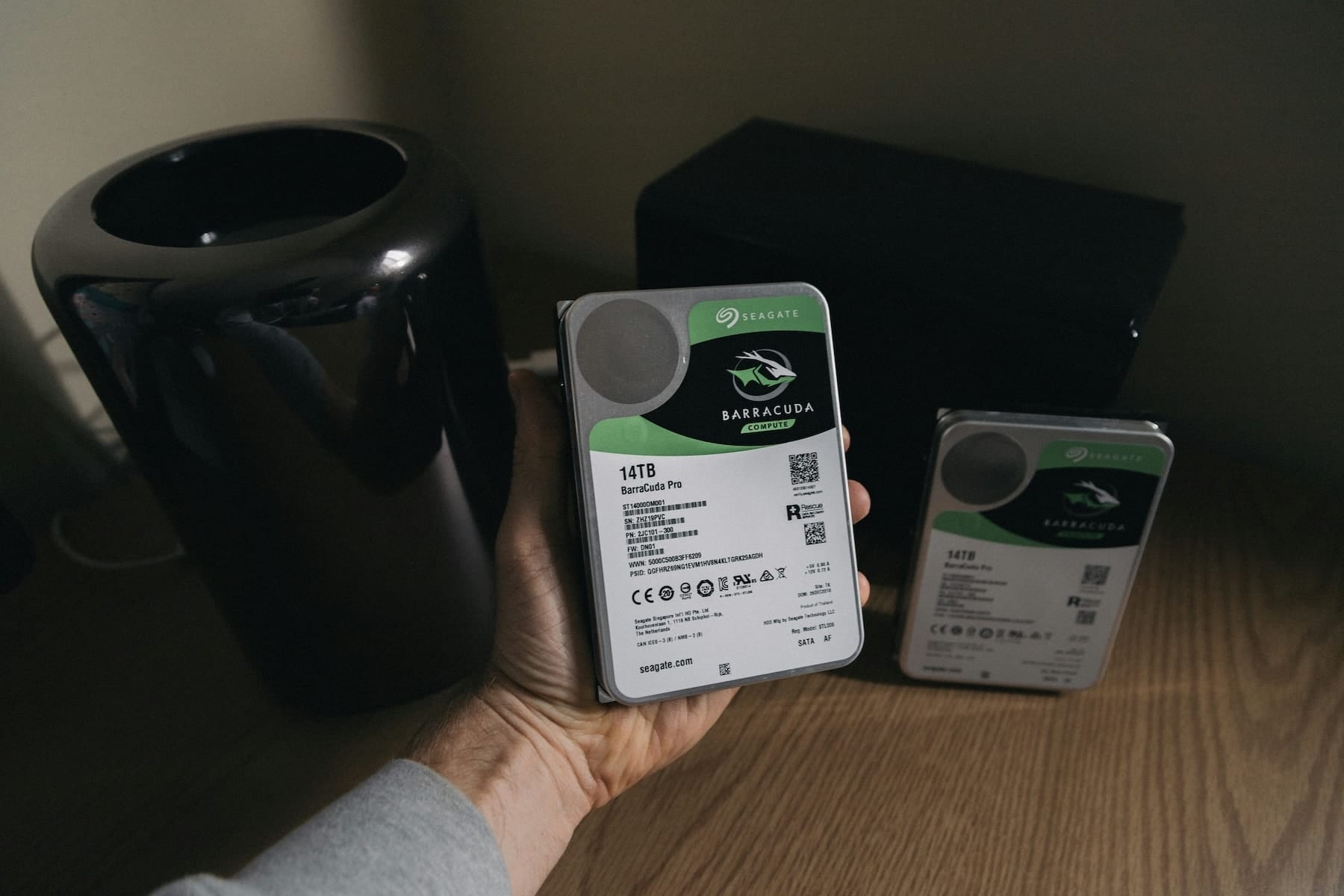The U.S. manufacturer expects to launch hard drives of up to 100 terabytes by 2030, aiming to meet the growing storage demands of the generative AI sector and data centers.
The rise of Artificial Intelligence not only requires unprecedented computing power but also a storage infrastructure that can keep up. Aware of this reality, Seagate is already working on a new generation of hard drives that will reach 100 TB capacity by the end of the decade.
According to B.S. Teh, the company’s global business strategy head, the demand for ultra-high-capacity storage solutions will skyrocket as generative models, complex chatbots, and increasingly trained AI architectures proliferate, processing vast amounts of data. “Nothing compares to mechanical hard drives when it comes to meeting this growing demand,” the executive affirmed.
From the Current 36 TB to the Future 100 TB
Seagate’s most advanced model to date is the Exos M at 36 TB, launched this year. However, the company’s roadmap already envisions an accelerated evolution of storage capacity, driven by technologies like HAMR (heat-assisted magnetic recording), which uses a laser diode in each write head to increase bit density on the disk’s magnetic surface.
In addition, Seagate is developing hard drives with NVMe connectivity, an innovation aimed at enhancing the reliability, speed, and sustainability of storage systems for businesses and data centers.

Storage as the Engine of the AI Business
The company, which now positions itself as an AI-focused enterprise alongside giants like Nvidia, aims to become an essential provider in the new digital ecosystem. “A key factor in benefiting from revenue growth in the AI industry is providing the storage capacity that companies in the sector need,” Teh explained in a recent interview.
While technologies like SSDs and flash memory are gaining ground in speed, Seagate argues that the traditional hard drive, with over 70 years of history, remains irreplaceable for large-scale storage, both for its capacity and cost per terabyte.
Sustainability and Efficiency in Focus
The advancement of Artificial Intelligence also raises questions about its environmental impact. The International Energy Agency (IEA) estimates that each query to ChatGPT can consume up to 2.9 watt-hours, nearly ten times more than a Google search.
In light of these figures, Seagate claims to be taking steps to reduce the environmental footprint of its products. The company asserts that its new units optimize consumption per terabyte and allow for greater data density, translating to less physical space, lower energy use, and fewer resources needed per unit of stored information.
Initiatives for transitioning to renewable energy sources have also been implemented at Seagate’s manufacturing plants, as part of its long-term sustainability strategy.
The Challenge of Massive Storage in the Post-SSD Era
The exponential growth of AI and the data it generates is redefining storage hierarchies. While SSDs dominate in speed and latency for critical data, the mechanical hard drive remains the backbone of mass storage, especially for model training, backup, and long-term storage.
With plans to launch 100 TB drives by 2030, Seagate is not only addressing a technical need but also anticipating a structural change in the architecture of future data centers, where every watt, every centimeter, and every terabyte will count more than ever.
via: Techspot

